Fledglings – the Teenagers of the Avian World!
With the nesting season well and truly underway, it won’t be long before the first fledglings of the year climb precariously from their cosy homes and make a leap of faith into the big, wide world.
Just like a young person leaving home for the first time, this is their chance to spread their wings and reach for the sky as they transition from adolescence into adulthood and independence.
But it rarely goes so smoothly! In fact, most often in these early trials, young birds fall to the ground where they sit, carefully watched over by mum and dad, until finding the confidence and energy to give it another go.
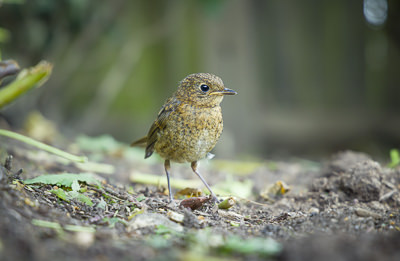
This is fledging, a rite of passage all young birds have to go through to break free from their parents and learn to look after themselves.
This is an exciting time for bird lovers too, as it marks the start of the turning of another year and never ending circle of life.
But what exactly is fledging and what are fledglings? In this article, we’ll answer these and other questions so if you’re lucky enough to see one, you’ll know exactly what’s going on.
What is a Fledgling?
So, let’s start with the basics, what is fledging and what is a fledgling?
Fledging is a stage in a bird’s life between hatching and being able to fly. It is a process and growth stage in which the feathers develop and the wing muscles become strong enough to facilitate flight.
Think of it like the teenage years of a bird. Not a child, but not yet quite an adult!
However, just because the young bird has developed the physical capability of flying, it doesn’t mean it can actually fly. Mastering flying takes practice, which young birds need to do before they can leave the nest for good.
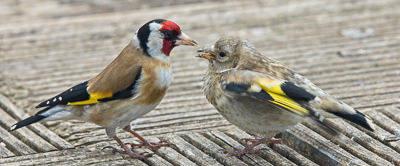
During this time, they are still dependent on the parent birds for food and security, and it is this that makes them a fledgling. A fledgling is a young bird that has developed the feathers and muscles needed to fly, but is still dependent on its parents.
When Does Fledging Take Place?
For most garden birds, fledging takes place around 2 – 3 weeks after hatching. The precise time is different for different species. Blackbird chicks, for example, typically fledge at around 13-14 days after hatching, whereas Blue Tits take longer, around 18-21 days.
Greenfinches, Goldfinches, and Sparrows tend fledge around 16-18 days after hatching and Starlings are longer at around three weeks.
Wrens are a particularly interesting case as they fledge between 15-18 days but can take anywhere from four to eight weeks to learn to fly. The period between fledging and flying is fraught with danger, leaving many fledgling Wrens at risk of predation.
Some birds, such as Wood Pigeons, take much longer to fledge. Young Wood Pigeons, called Squabs, don’t leave the nest until around day 35 when they are indistinguishable from adult birds except for a white ring around the neck. Crows too, fledge at around 35 days.
Fledging starts with the young bird perching on the side of the nest before reluctantly launching themselves into the air, often only to fall to the ground. They then pick themselves up and return to the nest or a nearby branch and try again. This happens until they realise using their wings helps them to stay airborne a while longer, or at least not hit the ground with such a bump!
Even so, this does not mean they can suddenly soar off into the sky like mum and dad.
Learning to fly for young birds is similar to toddlers learning to walk. It is a combination of instinct and practice. Toddlers try to walk by instinct but must refine the action through practice. Young birds do the same with flight. This means that even when they’ve discovered using their wings is the basis of flight, their subsequent attempts are still clumsy and uncoordinated. They must continue refining their technique until it is perfectly natural and they can fly with complete confidence. This may take several days or even weeks, but once they have mastered it, they become truly independent.
Do Fledglings Return to the Nest?
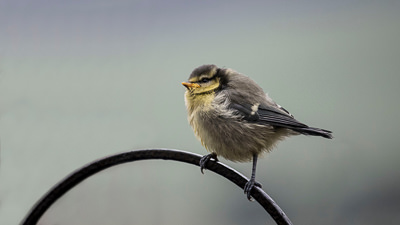
This is a question that is often asked. The answer is that while learning to fly, young birds will return to the nest or a nearby branch to provide an elevated point from which they can try again. However, once they have mastered flight, the birds have essentially become fully fledged adults and rarely, if ever, return to the nest in which they were born.
Fledglings and Predation
Unsurprisingly, fledging is one of the most dangerous periods in a young bird’s life and sadly, many are lost to predation. The process of learning to fly involves fledglings being out of the nest for extended periods of time, but without yet having developed the skills to escape predators.
Although mum and dad keep a close eye on their young, this does little to stop young birds being killed by domestic cats, foxes, rats, stoats, weasels, crows, birds of prey, and even badgers.
In fact, the survival rate of fledglings into adulthood across garden birds is between 30 and 40 per cent depending on species.
Different birds have different ways of compensating for this. Blue Tits, for example, have a large brood each year, usual of around 8 – 10 eggs, in the hope that three or four will survive through to adulthood.
Robins compensate for the large losses due to predation by having two broods per year, giving them a second chance at raising young. By doing this, they generally achieve a survival rate of around 40 per cent of their chicks. For more information about a whole host of garden birds, including brood size, check out our Spotter’s Guide.
Blackbirds take this even further and can have up to three broods of three to five chicks per year. Nestlings are particularly vulnerable to aerial predators, so this is a way to compensate for the losses.
Why do Birds Fledge in the Morning?
Young birds tend to fledge early in the day and this was long thought to be a tactic to avoid predation. The reasoning for this is that spending time out of the nest is dangerous and attracts predators, but that danger can be minimised if young birds try to fly earlier in the day.
However, research suggests that isn’t the case. Instead, it is more likely that young nestlings simply become ready to fledge overnight and do so early the next morning.
What to do with a Fledgling on the Ground
Fledglings on the ground can often look like cute, helpless balls of fluff that need assistance. However, this is rarely the case. We’ve written an entire blog on what to do if you find a baby bird that has fallen out of the nest and the same advice applies when talking about fledglings.
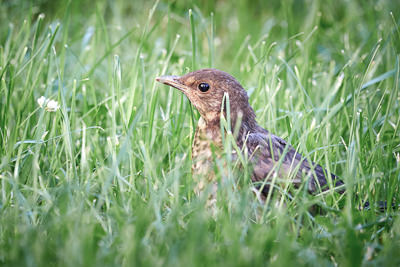
The fact is, the vast majority of fledglings are absolutely fine and are just in the process of learning to fly. Mum and dad will be close by checking on them and feeding them when required. So, the best thing to do is not to interfere with any fledglings you see.
The only exceptions to this are if one is in immediate danger such as at risk of being run over by a vehicle or in direct sight of a predator, or if you are absolutely certain is it sick, injured, or orphaned. However, short of this, fledglings are best left alone to continuing their flying lessons!
The same applies to feeding. Fledglings are always watched over by their parents who will feed them when needed, and leaving this to happen naturally is always the best thing to do.
If you do find a fledging that you are absolutely convinced needs saving, get in touch with a local rescue centre. The staff and volunteers will be experts in taking in sick, injured, or destressed birds and nursing them back to health until they’re ready to be released back into the wild. This will give them the best chance of survival.
Of course, feeding adult birds is very much to be recommended to give them and their offspring the best chance of survival at all times of the year.
Our recent posts giving advice and guidance on wild birds
Drum Roll for the Woodpecker, One of the UK’s Best Loved Birds
Reading Time: 10 minutes One of the most intriguing and evocative sounds in British woodlands is the Woodpecker tapping on tree trunks. But is the UK home to any other varieties of Woodpecker and if so, do they drum? In this blog, we take a closer look at one of Britain’s best loved and most iconic birds and unveil the secrets of their unique behaviour.
Ground Nesting Birds
Ground Nesting Birds In an earlier article, we looked at nesting behaviour in wild birds and how you could use this knowledge to encourage birds to nest in your garden. In that article we talked about birds that nest in [...]
Incredible Journeys – Bird Migration Explained
Reading Time: 11 minutes While many species of bird make the UK their home all year round, some just visit for the summer or winter months and then head off to distance shores for the rest of the year. In this blog, we examine bird migration, taking a deep look into one of nature’s most spectacular phenomena to find out more about what makes it possible.








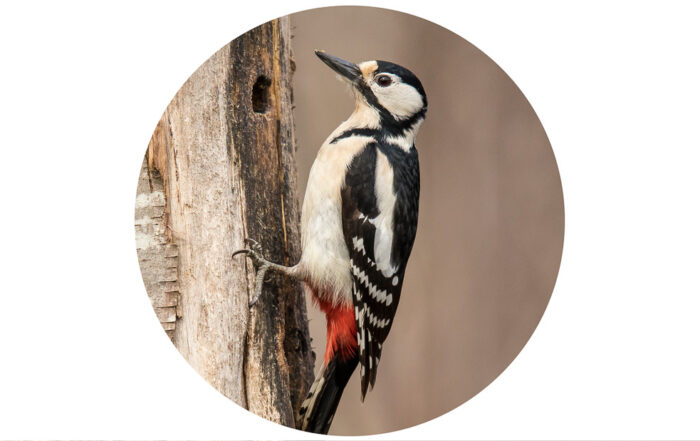
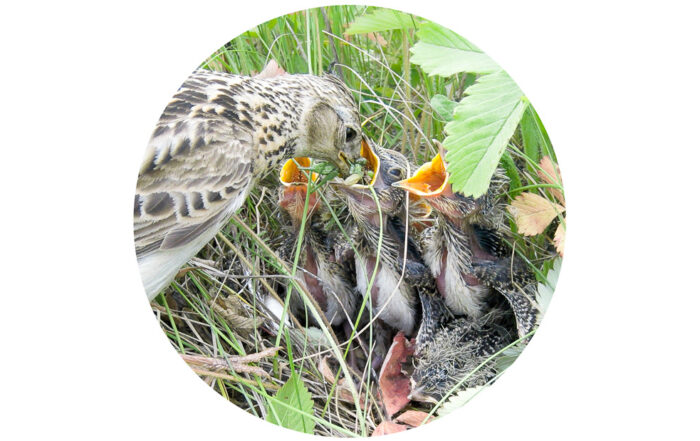
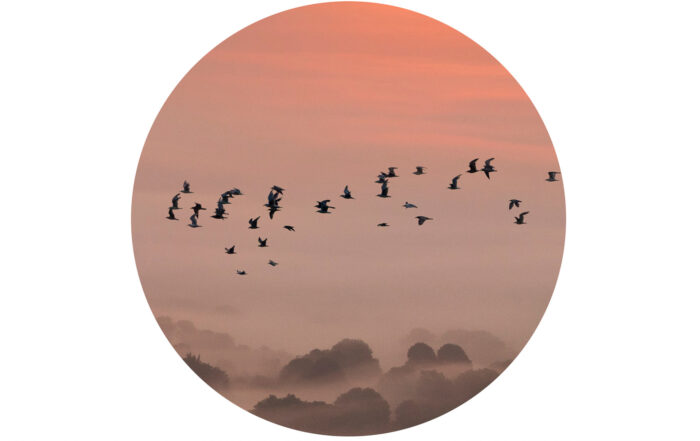
Leave A Comment